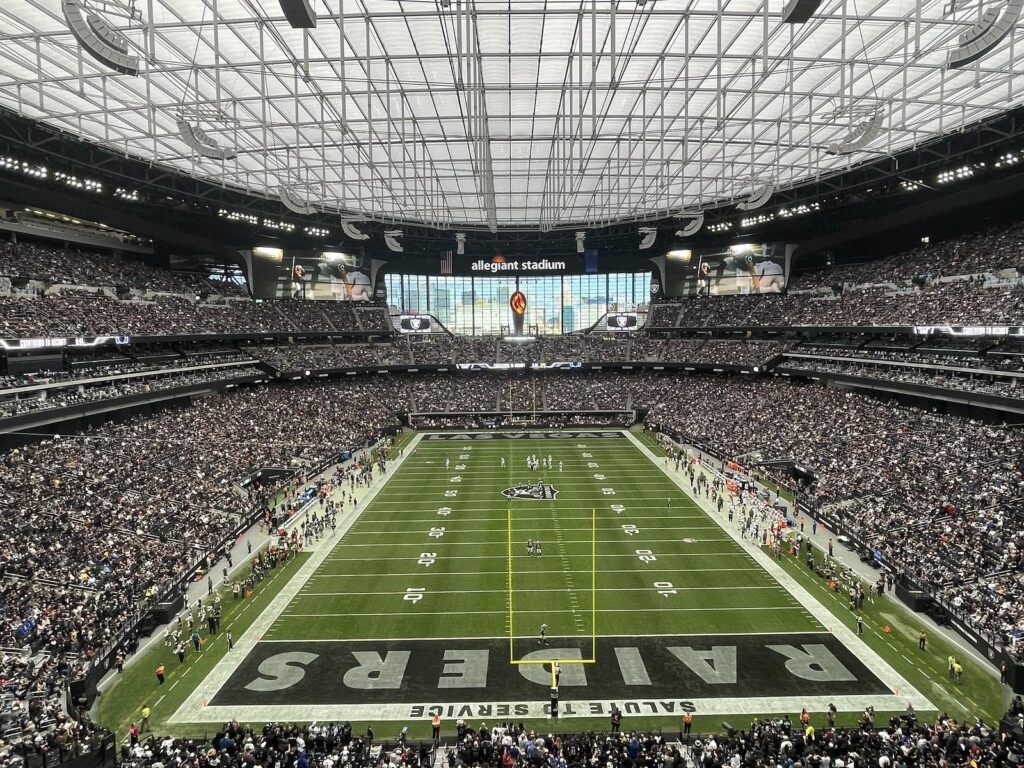The Oakland Athletics have cleared the final significant obstacle in their pursuit of a new $1.75 billion stadium in Las Vegas, marking a pivotal step toward relocating the Major League Baseball franchise. This development comes after months of negotiations and approvals, signaling a major milestone in the team’s efforts to establish a state-of-the-art ballpark that aims to boost the city’s sports landscape. As the project moves forward, stakeholders anticipate the economic and cultural impact the stadium will bring to Las Vegas.
A’s Secure Final Approval for $1.75 Billion Las Vegas Stadium Project
The Oakland Athletics have officially secured the final major approval needed to move forward with their ambitious $1.75 billion stadium project in Las Vegas. This milestone paves the way for construction to begin on a state-of-the-art facility that aims to revitalize the city’s sports landscape and provide a new home for the MLB franchise. Key stakeholders celebrated the decision, highlighting the project’s expected economic boost and job creation opportunities during both the build phase and ongoing operations.
Notable features of the stadium include:
- Capacity: Approximately 33,000 seats designed for an intimate fan experience
- Location: Prime site near the Las Vegas Strip, offering easy access and high visibility
- Sustainability: Incorporation of eco-friendly materials and energy-efficient systems
| Project Aspect | Details |
|---|---|
| Estimated Completion | 2027 |
| Construction Jobs | 4,000+ |
| Operational Jobs | 1,500+ |
| Developer | The Athletics Organization |
Economic Impact and Community Benefits of the New Las Vegas Stadium
The development of the new $1.75 billion stadium in Las Vegas is expected to fuel significant economic growth, both immediately and in the long term. The construction phase alone will generate thousands of jobs across various sectors, including construction, engineering, and project management. Once operational, the stadium is projected to create hundreds of permanent roles spanning event management, hospitality, security, and maintenance. This influx of employment opportunities brings a robust boost to the local labor market.
Beyond employment, the stadium is designed to serve as a vibrant community hub, enhancing the city’s cultural landscape and supporting local businesses. Expected community benefits include:
- Increased tourism with fans traveling nationwide for games and events
- Revitalization of nearby neighborhoods through improved infrastructure and new retail spaces
- Partnerships with local schools and nonprofits to promote youth sports programs
| Projected Economic Metrics | First 5 Years | Long Term |
|---|---|---|
| Job Creation | 8,000 (construction) | 550 (stadium operations) |
| Annual Visitor Spending | $220 million | $450 million+ |
| Local Business Growth | 12% increase | 25% increase |
Key Recommendations for Ensuring Sustainable Development and Local Engagement
To foster sustainable development and meaningful local engagement in projects of this magnitude, it is essential to prioritize transparent communication channels between stakeholders and the community. Early involvement of local residents in the planning process helps address concerns and integrates community needs into the development blueprint. Partnerships with local businesses and workforce development programs further embed the project within the regional economy while ensuring job creation benefits are maximized for residents.
Environmental stewardship cannot be overlooked when shaping a landmark like the $1.75 billion Las Vegas stadium. Incorporating green building practices and sustainable resource management from the outset mitigates long-term ecological impacts. Below is a summary of key focus areas that should guide responsible stadium development:
| Focus Area | Action Point | Expected Impact |
|---|---|---|
| Community Engagement | Regular public forums & surveys | Transparent decision-making |
| Economic Inclusion | Local hiring initiatives | Job growth & equitable benefits |
| Environmental Design | LEED certification standards | Reduced carbon footprint |
| Infrastructure | Public transit integration | Lower traffic congestion |
In Conclusion
With the approval of the final major regulatory hurdle, the Oakland Athletics inch closer to realizing their ambitious vision of a $1.75 billion stadium in Las Vegas. This landmark development not only marks a pivotal moment for the franchise but also signals a significant shift in the region’s sports landscape. As plans move forward, all eyes will be on the development timeline and the broader economic and community impact this project promises to deliver.





